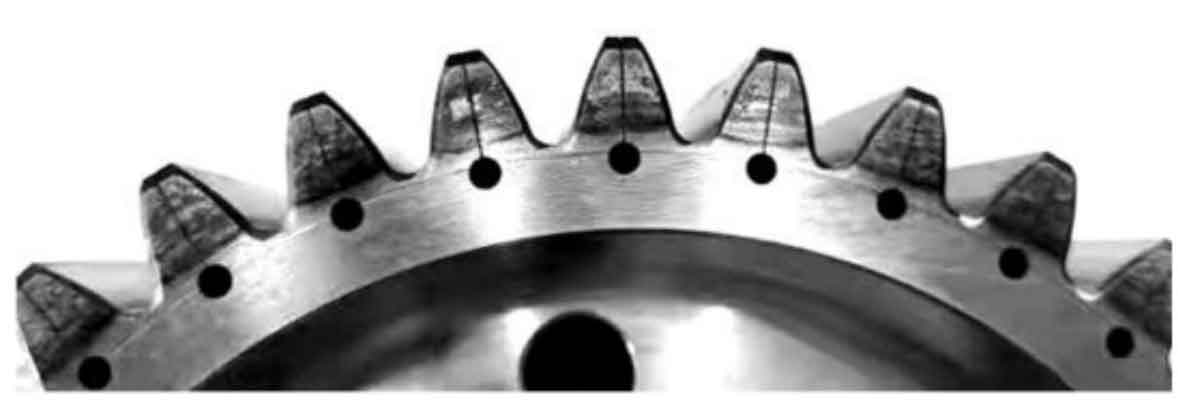When it comes to maximizing performance in mechanical systems, a spur gear calculator can be a valuable tool for optimizing gear designs. By using a spur gear calculator, designers can analyze different gear configurations, make informed decisions, and achieve higher efficiency in motion. Here are some key ways in which a spur gear calculator helps in maximizing performance:

1.Gear Ratio Optimization:
The gear ratio plays a crucial role in determining the speed and torque characteristics of a gear system. By inputting different gear ratios into the calculator, designers can analyze the effect on output speed and torque. This enables them to optimize the gear ratio to achieve the desired performance. For example, in applications where high speed is required, a higher gear ratio can be selected, while applications requiring high torque may benefit from a lower gear ratio.
2.Center Distance Adjustment:
The center distance between two gears affects the meshing behavior and efficiency of the gear system. By using a spur gear calculator, designers can adjust the center distance and observe its impact on efficiency. Optimal center distance selection ensures proper gear engagement, minimizes friction, and reduces energy losses. This is particularly important in high-speed applications where efficiency is critical.
3.Tooth Profile Optimization:
The shape and profile of gear teeth significantly impact gear performance. Spur gear calculators often consider parameters such as pressure angle, module pitch, and tooth thickness. By experimenting with different tooth profiles and analyzing their effects on efficiency, designers can optimize gear tooth geometry for smooth operation, reduced noise, and improved power transmission. This helps in maximizing performance while minimizing energy losses.
4.Load Distribution and Stress Analysis:
A spur gear calculator can also assist in analyzing the load distribution and stress levels within the gear system. By inputting the applied load and gear dimensions, designers can evaluate factors such as tooth bending stress, contact stress, and surface durability. This allows them to identify potential areas of failure and make design adjustments to optimize performance and increase gear system longevity.
5.Quick Iterations and Comparative Analysis:
One of the significant advantages of using a spur gear calculator is the ability to perform quick iterations and comparative analysis of different gear configurations. Designers can input various parameters, such as number of teeth, pitch diameter, or gear ratio, and instantly obtain results. This helps in evaluating multiple design options rapidly and selecting the most efficient gear configuration for the application.
By leveraging the power of a spur gear calculator, designers can save time, reduce errors, and make data-driven decisions to maximize the performance of mechanical systems. Whether it’s optimizing gear ratios, adjusting center distance, optimizing tooth profiles, or analyzing stress levels, a spur gear calculator empowers designers to fine-tune their designs for improved efficiency, reliability, and overall performance.
